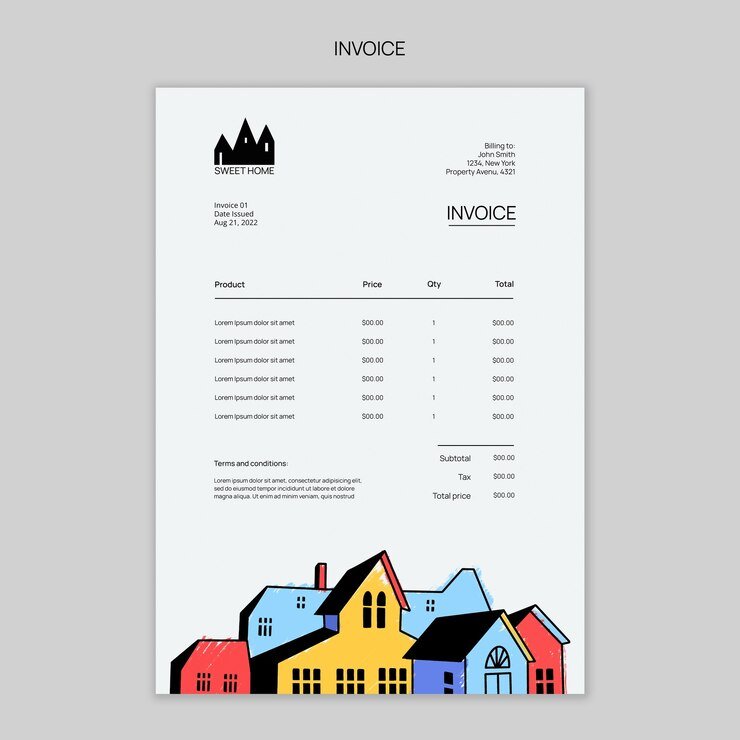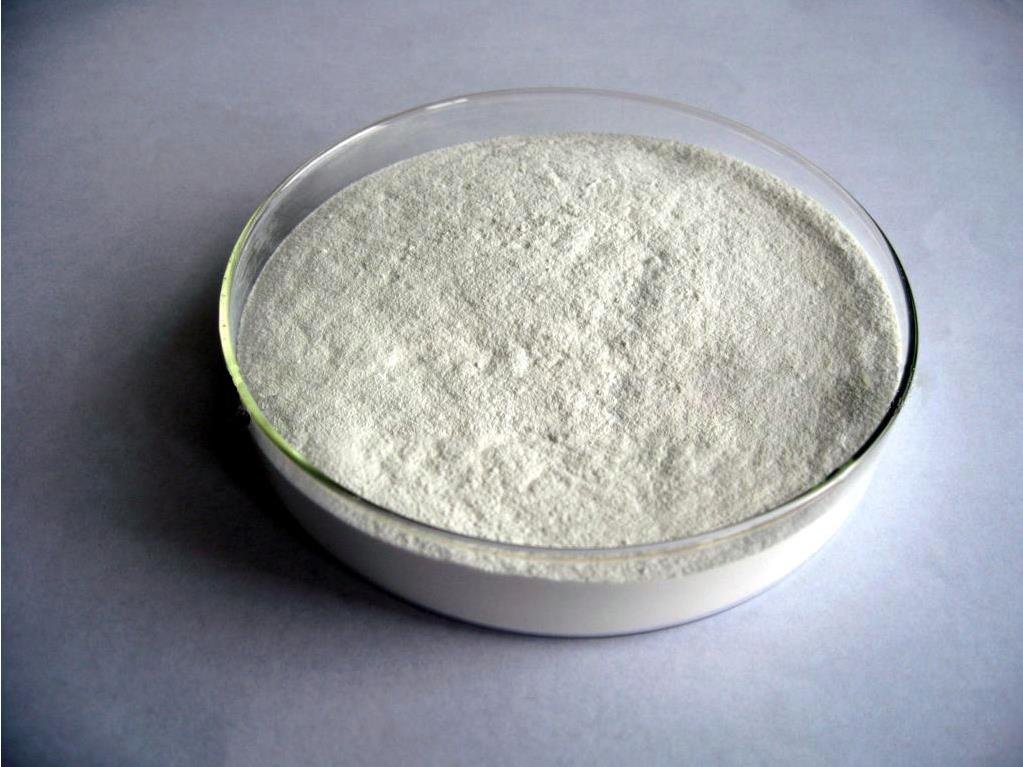Home improvement projects are exciting, but when it comes to paperwork, things can get a bit confusing. If you’re a contractor in Pennsylvania (PA), you know how important it is to stay compliant with state laws. One of the most crucial documents you’ll deal with is the home improvement invoice. But what makes an invoice PA compliant? In this blog, we’ll break down everything you need to know about PA compliant home improvement invoice forms. Whether you’re just starting out or you’re a seasoned contractor, this guide will help you stay organized, legal, and ahead of the game.
What is a PA Compliant Home Improvement Invoice Form?
A PA compliant home improvement invoice form is a legally required document used by contractors in Pennsylvania to bill their clients for services. The Pennsylvania Home Improvement Consumer Protection Act (HICPA) requires contractors to follow specific guidelines when creating invoices to ensure transparency and protect consumers.
The invoice must clearly detail the services provided, the total cost, and other important information, such as payment terms and contact details. If your invoices aren’t compliant, you could face legal issues, fines, or worse—damage to your reputation.
Why Is Compliance Important?
Compliance with PA’s home improvement laws ensures that both contractors and customers are protected. For contractors, following the legal guidelines helps avoid misunderstandings, disputes, and even lawsuits. For consumers, a compliant invoice guarantees they know exactly what they’re paying for and the terms of the agreement.
Here are some key reasons why you need a PA compliant home improvement invoice form:
- Avoid Legal Trouble: Non-compliance can result in hefty fines or even the suspension of your contractor license.
- Build Trust: Providing a clear and detailed invoice builds trust with clients and reduces disputes.
- Professionalism: A compliant invoice shows that you take your business seriously and respect local laws.
Key Elements of a PA Compliant Home Improvement Invoice Form
To ensure your invoice is PA compliant, it must include several critical pieces of information. Let’s break down each section so you know exactly what needs to be there.
1. Contractor Information
The top section of your invoice should include your business name, address, phone number, and any relevant license numbers. This shows clients that you’re a legitimate, licensed contractor.
2. Client Information
Include the client’s name, address, and contact information. This is important for keeping detailed records and for any future correspondence.
3. Description of Services
This is where you detail the work that was completed. Be as specific as possible. Instead of writing “installed kitchen cabinets,” say “removed old cabinets, installed new cabinets, and added hardware.” This level of detail ensures there’s no confusion about the work that was done.
4. Cost Breakdown
Clearly outline the costs associated with each service. This might include labor, materials, and any additional fees. Transparency here helps build trust and prevents disputes about overcharging.
5. Payment Terms
Specify when payment is due, any deposit requirements, and any penalties for late payment. If you’re offering payment options, such as installments, make sure that’s clearly stated on the invoice.
6. Warranties or Guarantees
If your work comes with a warranty or guarantee, this needs to be clearly stated on the invoice. For example, if you offer a 1-year warranty on a roof installation, make sure the terms are outlined.
7. Signature Section
For legal reasons, it’s a good idea to include a section where both the contractor and the client sign the invoice. This makes it clear that both parties agree to the terms and services provided.
How to Create a PA Compliant Home Improvement Invoice Form
Now that you know the required elements, let’s talk about how you can create one. There are a few different ways to go about it, depending on your business needs.
1. Use a Template
One of the easiest ways to ensure compliance is by using a pre-made template. You can find PA compliant home improvement invoice templates online that are customizable to your business. This saves you time and ensures you don’t miss any important details.
2. Invoice Software
Many contractors opt to use invoicing software, which can generate compliant forms automatically. These platforms often come with features like time tracking, automated reminders, and payment gateways, making it easier for you to manage your finances.
3. Create a Custom Invoice
If you prefer to create your own invoices, you can use word processing or spreadsheet programs to design a custom form. Just be sure to include all the required elements to ensure compliance with PA laws.
Common Mistakes to Avoid
Even with the best of intentions, mistakes can happen. Here are some common errors contractors make when creating invoices—and how to avoid them.
- Leaving Out Important Details: Forgetting to include things like payment terms or a breakdown of costs can lead to disputes and delays.
- Using Generic Forms: Not all generic invoice forms meet PA’s requirements, so make sure yours is tailored to the state’s laws.
- Inconsistent Invoicing: Make sure all your invoices are uniform in terms of information provided. Inconsistent paperwork can cause confusion for clients and auditors alike.
Conclusion
Creating a PA compliant home improvement invoice form is essential for contractors working in Pennsylvania. It not only keeps your business legal but also helps you build trust with clients and avoid disputes. By including key elements like a description of services, a cost breakdown, and clear payment terms, you ensure that your invoices are professional and meet state requirements.
So, if you haven’t already, take the time to review your invoicing process and make sure you’re fully compliant. It’s an easy step to protect your business and your clients.
FAQs
Q1: What happens if I don’t use a PA compliant invoice?
Not using a PA compliant invoice can result in legal penalties, including fines, suspension of your license, and potential lawsuits from clients.
Q2: Can I use an electronic invoice?
Yes, electronic invoices are perfectly acceptable as long as they include all the required information and are signed electronically by both parties.
Q3: Do I need to include taxes in my invoice?
Yes, you should include any applicable state and local taxes in the cost breakdown of your invoice.
Q4: How often should I review my invoices for compliance?
It’s a good idea to review your invoicing process annually or whenever there are updates to state laws to ensure continued compliance.










